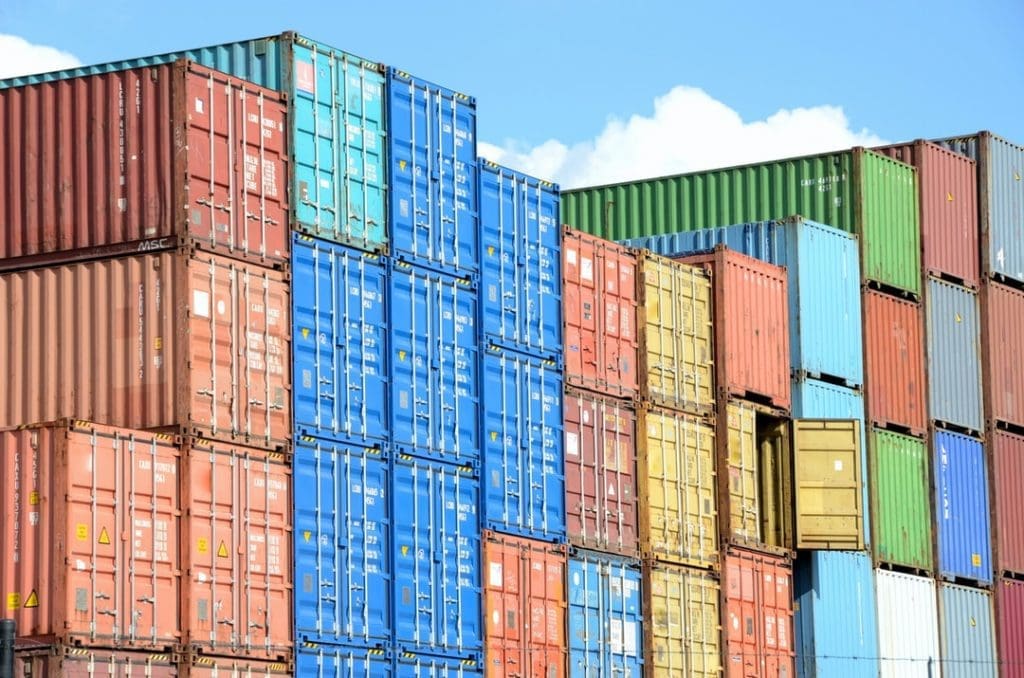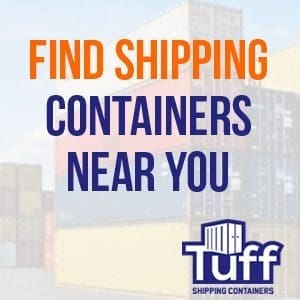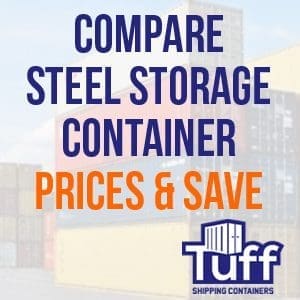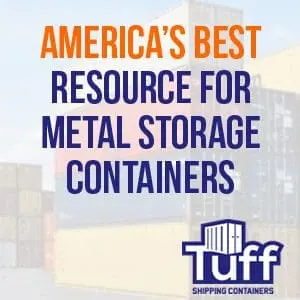
The Cost of Shipping Containers: Understanding the Types and Sizes Available
Shipping containers are a versatile and cost-effective solution for various storage and transportation needs. Understanding the available sizes and costs involved is crucial for making an informed decision. With proper budgeting, you can find the right container to fit your specific requirements and avoid unexpected expenses. In this blog, we will discuss the types and sizes of shipping containers you can select from along with their associated costs.
Types of Shipping Containers Available
Shipping containers have become a popular option for storage, transportation, and even housing. However, before investing in one, it’s important to understand the different costs involved and the various sizes available. There are various types and sizes of shipping containers including:
Standard Size Containers:
These are the most common types of containers, typically measuring 8’ x 20’ or 8’ x 40’. They can be used to transport a wide range of goods and items, including furniture, construction materials, and more. The cost for these varies greatly depending on age, condition, and supply and demand.
High Cube Containers:
These are slightly larger than standard-size containers, measuring 9’6” x 40’ or 12’ x 40’. They can be used for the same types of items as a standard container but offer additional headroom and space. The cost for these is typically higher than a standard container due to the additional size and storage space.
Open-Top Containers:
These are ideal for items that can’t fit through traditional doors, such as construction materials, vehicles, bulky furniture, and more. They typically measure either 8’ x 20’ or 8’ x 40’. The cost for these is typically higher than standard containers due to the specialized design.
Flat Rack Containers:
These are ideal for heavy and bulky items, such as vehicles, construction materials, and more. They come in two sizes – 20’ x 8’6” or 40’ x 8’6”. The cost for these is typically higher than other containers due to the specialized design.
Understanding the cost of shipping containers and the various sizes available can help you make an informed decision when selecting the right type of shipping container for your needs. It’s important to consider all options and understand what best fits your budget, space requirements, and intended use before investing in a container.


Shipping Container Sizes Available
Shipping containers come in several standard sizes, including:
- 20-foot containers: Ideal for small-scale storage or transportation needs
- 40-foot containers: The most common size for large-scale storage or transportation
- 45-foot containers: A longer version of the 40-foot container for additional space
- 53-foot containers: The largest standard size, designed for maximum storage capacity
Factors Affecting Shipping Container Costs
Additionally, it’s important to consider all of the costs associated with owning and operating a shipping container. These can include rental fees, delivery charges, insurance, maintenance, and repair costs. Additionally, if you plan on using your shipping container for international transportation, you may also need to factor in additional documentation fees and customs clearance costs.
By doing your research and understanding the various costs associated with shipping containers, you can make an informed decision that best meets your needs and budget. If you have any questions or need assistance in selecting the right container for your needs, it’s important to work with a knowledgeable and experienced provider who can help guide you through the process.
Some factors that can affect the cost of buying shipping containers include:
- New vs used containers: New containers are generally more expensive, but they offer a longer lifespan and better condition compared to used ones.
- Location: The cost of shipping containers can vary depending on the location of the supplier and the final destination.
- Customization: The cost of a container can be affected by any modifications or additions made, such as insulation, windows, or doors.


The Importance of Budgeting
When deciding on a shipping container, it’s essential to have a budget in mind. It’s also important to factor in any additional costs, such as transportation and delivery fees, to ensure a realistic overall estimate. So, what is a realistic budget for shipping containers? That depends on your needs and the size of the container you require.
Ultimately, the cost of a shipping container will depend on your individual needs and budget. With this in mind, it’s important to be informed and understand all factors that can affect the overall cost before making a buying decision. Doing research, comparing prices, and talking to experienced professionals are key steps to take when shopping for a shipping container.


Average Cost of Shipping Containers
- The cost of a shipping container typically ranges from $2,000 – $6,000 depending on the size and type.
- For example, a 20-foot standard container usually costs around $2,000 – $3,500 while a 40-foot high cube container can range anywhere from $3,500 to over $6,000.
- 45-foot containers cost around $5,000 to $7,500, and 53-foot containers cost around $7,000 to $10,000.
- Additionally, these prices may fluctuate slightly depending on the type of modifications and additional features requested.
Remember that the more features you add and the bigger the container size, the higher your budget will be. By understanding all of these factors and planning ahead, you’ll be able to find a shipping container that meets your needs while staying within your budget. Additionally, you should also consider any additional costs associated with purchasing and operating the container, such as delivery fees, insurance, maintenance, and repair costs. By understanding all of the potential costs involved in owning a shipping container, you can make sure that your budget is realistic and fits your needs.
In conclusion, by considering all of the factors mentioned above, you can make an informed decision when selecting a shipping container. It’s important to understand all of the associated costs and select a container that best fits your budget and needs. With some research and dedication, you can find the perfect shipping container for your project.

Leave a Reply